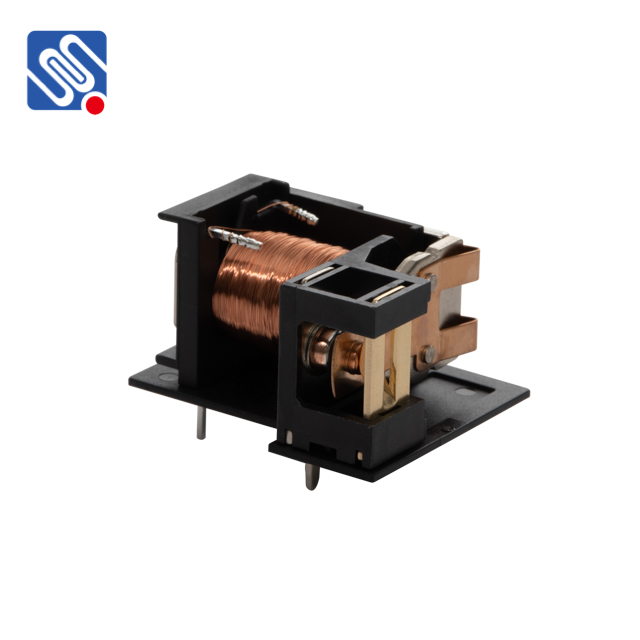Relay components play a crucial role in electrical and electronic systems, serving as switches that control the flow of electricity in response to signals. These components, though often small and inconspicuous, are fundamental in automating systems, providing safety, and enabling complex control mechanisms. This article will delve into the various types of relays, their working principles, applications, and the importance of relay components in modern electrical systems.

What Are Relay Components? A relay is an electrically operated switch that allows a small current to control a larger current. It consists of an electromagnet, a set of contacts, and a spring mechanism. When an electrical current passes through the coil (electromagnet), it generates a magnetic field that attracts a movable armature, closing or opening the contacts. This allows the relay to control the flow of electricity in circuits, making it a vital component in various applications, from automotive to industrial automation. Types of Relay Components Electromagnetic Relays The most common type, electromagnetic relays, operate using an electromagnet to open or close contacts. When current flows through the coil, it generates a magnetic field that moves a metal armature. The armature movement triggers the contacts, completing or interrupting the circuit. Electromagnetic relays are highly reliable and widely used in many control systems.